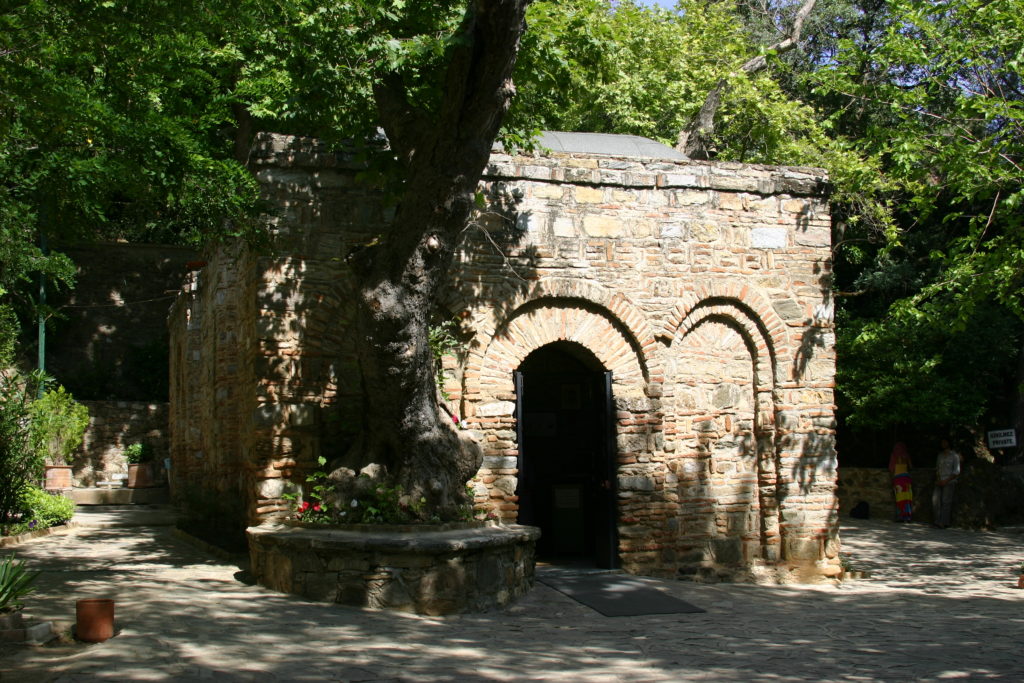I was just on the outside wall of the demographic wheelhouse when the first Indiana Jones film, “Raiders of the Lost Ark,” came out in 1981. Still, I was a lot closer to my childhood in 1981 and the movie pushed all the right buttons, unleashing the suppressed little boy within who loved action/adventure movies. Like Steven Spielberg’s earlier classic “Jaws,” a basic B-movie idea transformed by a good script, great performances, and brilliant direction into a movie that generations continue to love.
Of course, all good things end —hopefully bad things too, but Disney, which owns the franchise now, gave Indy the same treatment they are currently giving the Star Wars franchise. Is it too much to ask to just give me good dialogue, an intriguing plot, and a hero who, flawed as he is, comes through in the end and a bunch of Nazis get what’s coming to them? I guess so.
In the last installment — and we can only hope it is the last Indiana Jones saga — our hero finally met his match. He could handle Nazis and South Asian death cults, but he proved helpless against postmodern feminist tropes. If someone at the Disney corporation ever contemplated greenlighting another epic adventure movie with archaeology as its theme and women at the center of the story, I would pitch the story of how the Blessed Mother’s first-century house was discovered in 19th-century Turkey.
The story reads like a movie studio log line. Mystic bedridden nun dies in 1824, leaving behind a chronicle of her spiritual visions she claimed came directly from the Lord and the Virgin Mary. Among the allegedly divine messages of Blessed Anne Catherine Emmerich (1774-1824) were vivid descriptions of the house our holy mother resided in after the death and resurrection of Jesus. Emmerich describes in great detail the house and its surrounding geography, somewhere in the foothills above the town of Ephesus, in Turkey.
Now we introduce another strong female character, as we “fast forward” to Sister Marie de Mandat-Grancey, DC (1837-1915). Born into a wealthy French aristocratic family, she gave up what certainly would have been a life of leisure and plenty to serve the Lord running orphanages in France as a Daughter of Charity. After years of dedicated service to the poor of France, Sister Marie answered the call of Pope Leo XIII, asking for French missionaries to help the poor of the Middle East. By the 1890s, Sister Marie found herself working in a hospital in the Turkish town of Smyrna.
Aware of the tales of Emmrich’s visions, Marie realized the town of Ephesus, where the mystic claimed the house the holy mother lived, was not far from where she worked in the hospital, and she became determined to use the vision as her map in the absolute best Indiana Jones fashion. Thanks to her resources, namely a wealthy father, Marie bankrolled an expedition and she, two priests, and a Muslim guide trekked into the mountains above Ephesus on their sojourn.
There are no accounts of sinister spies, supernatural villains, immortal Knights Templars, or villains, but miraculously Marie and her companions, using the visions of Emmerich, located a stone house that fit the mystic’s description to the letter. Marie was so convinced she had found the house the Virgin Mary lived in in the twilight of her life that she convinced her wealthy father to not only buy the house but purchase the entire mountain it rested on.
It is hard to imagine many women, whether they were a nun or not in the 1890s, with the means or opportunity to embark on such an expedition, let alone lead it.
The ensuing archaeology that Marie commissioned after the discovery revealed a stone house of fourth-century construction built upon a first-century stone foundation. So, even though the Church in her wisdom is not so much skeptical about personal revelations as she is dutifully cautious, and no one is obliged to believe the revelations of Emmerich, there is evidence at this site that supports the claim. That is probably why Leo declared Mary’s house a place of pilgrimage and St. Pope John XXIII granted permanent status on the holiness of the structure. St. Pope John Paul II and Pope Benedict XVI also made pilgrimages to the site.
I doubt my “pitch” meeting would have secured a deal to make such a movie, and I doubt the character of Indiana Jones would have been convinced it was Mary’s house. After all, he saw the Cup of Christ restore his own father to life and still he remained a skeptic.
I doubt my pitch of this story would result in a six-figure option from any major movie studio. That’s showbiz. It may not have the requisite Indiana Jones action elements, but it just might be another chapter in the greatest story ever told.

